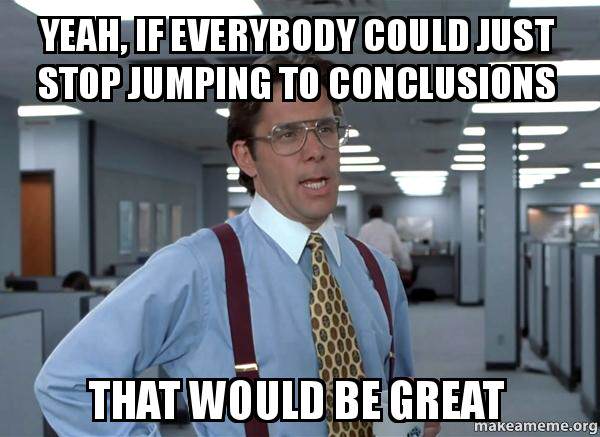It was the mid-1940’s, the world was at war and regular, poorly trained people were required to operate new complex weapon systems, fly new complex airplanes, etc, but there was a serious problem. People were misfiring the weapons, missing targets, hitting the wrong targets, crashing the planes and not only destroying property, but dying in the process. Thus the birth of Human Factors…..understanding the human-system interface and designing systems and machines that were easier and safer for humans to operate. Not only was it necessary for people to be able to physically operate within the system, but they had to be able to understand the system and make decisions that led to success and avoided catastrophe. Thus came the merger of Engineering, Cognitive Psychology, Social Psychology and Physiology into what became known as Ergonomics (aka Human Factors). Behavioral psychology was not equipped, because of it’s external, outside the person stimulus-response focus to help engineers understand the thought processes required to make split second decisions while firing a new, complicated weapon system or flying an airplane in a dog-fight. It was this understanding that was needed so that systems could be designed to minimize “human error”. It was the job of Cognitive and Social Psychologists to examine how people understood systems, made decisions, processed information, responded to stress, maintained attention, changed bad habits, formed good habits, stored knowledge, maintained motivation, etc. so that the systems could be designed for successful performance. It was the job of the engineers to design systems (airplane cockpits, automobiles, manufacturing facilities, etc.) that capitalized on the strengths of people and minimized their short-comings.
In recent years Organizational Ergonomics (the optimization of organizational structures, processes and policies) has taken life and helped us focus on the impact of the total context in which individuals work. That context includes the individual (including physical, cognitive, emotional functioning), other people (including the help and pressure provided by others), surroundings (including the resources, physical layout and climate) and the organizational systems (including organizational structures, policies and processes as determined by organizational leadership). When first envisioned, Human Factors/Ergonomics was limited to the study of the interaction of people and machines, but now this field of research and application has been broadened significantly and includes a much larger context than initially conceived. Understanding the total context and the impact that it has on the individuals capacity to process information and make decisions is the key to unlocking human potential, improving safety and creating maximum human performance.




















